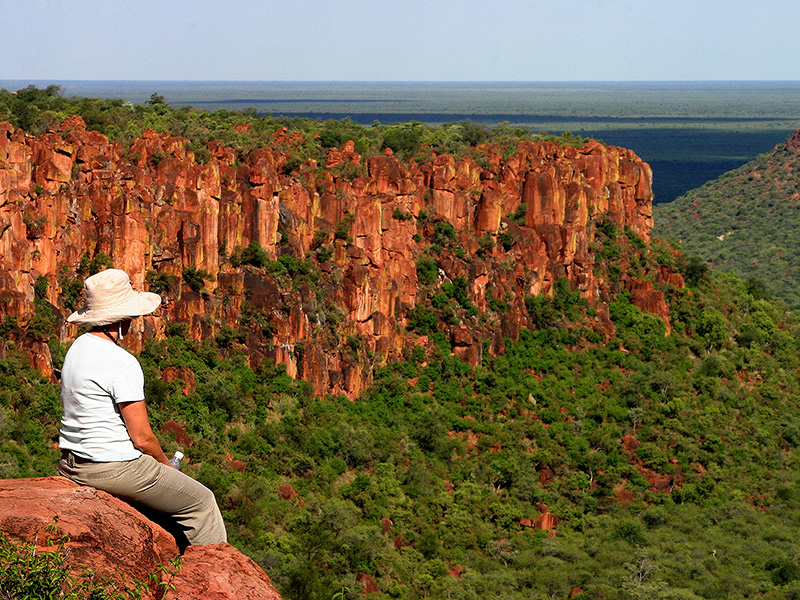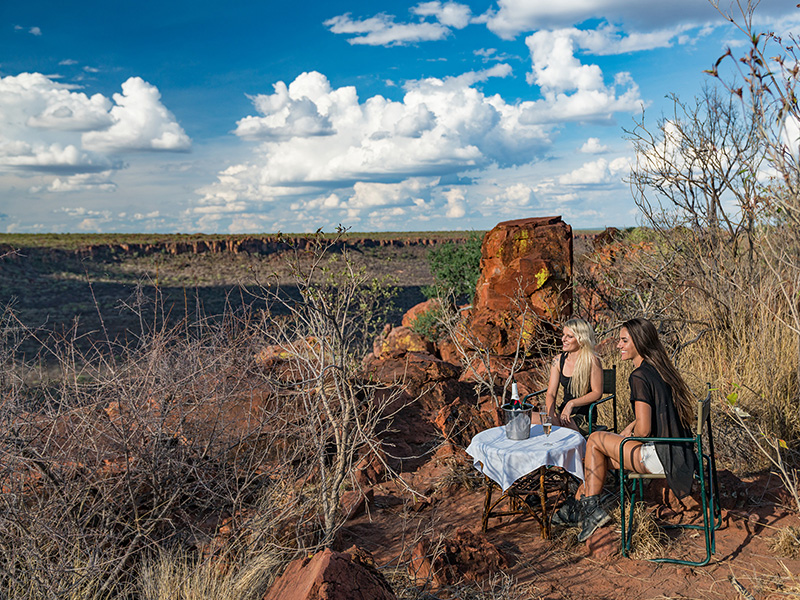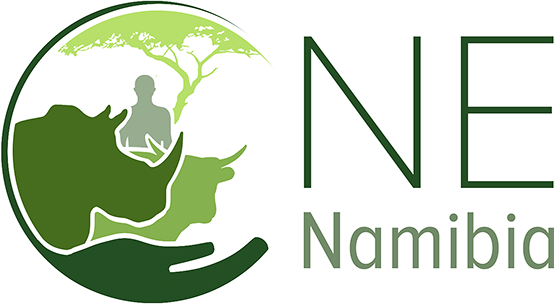Realm of Biodiversity
Flora
Huge fig trees and rare plants such as ferns or the African flame tree grow at the upper end of the valley, where our spring keeps the ground damp throughout the year. When the rock depressions on the plateau fill up with water during the rainy season, aquatic plants and even turtles make their appearance.
Fauna
Bird lovers also adore the Waterberg: It is home to more than 200 species – including ostrich, Kori bustard and birds of prey such as the secretary bird, the Cape vulture, lappetfaced and whitebacked vulture, black eagle and bateleur. Then there are the more uncommon species like Rüppell’s parrot, rockrunner and Hartlaub’s francolin. Even various species of geese, ducks, egrets and spoonbills can be seen when the large clay pan in the plain fills up after good rains. Many different weavers and their nest-building can also be observed during the rainy season.
What to experience at Waterberg Wilderness
Our tip: Make sure you arrive before 15h00 in order to join our rhino drive.
Plateau Hike
Your hiking guide climbs the plateau with you (approx. 150 m above the plains). He explains plants and animals in the park to you and gives you an insight into the daily life and culture of the Herero people living in this area.
Rhino Drive
Round trip through the African bush savannah at the foot of the Waterberg. We almost always rub shoulders with rhino. With a little luck you will encounter game such as giraffe, oryx and eland, red hartebeest, blue wildebeest and kudu.
All for ONE, ONE for Nature.
Waterberg Wilderness is part of the ONE Namibia company, which wants to preserve wildlife and natural habitats – with income from existing hospitality businesses, sustainable agriculture and the sale of shares. Everyone can help. Actively and directly. As a partner and supporter. ONE Namibia offers a solid corporate concept. Virtual visits via the Internet. Lodge vouchers. Free camping and Rhino Tracking tours. Find out more & participate now.


















